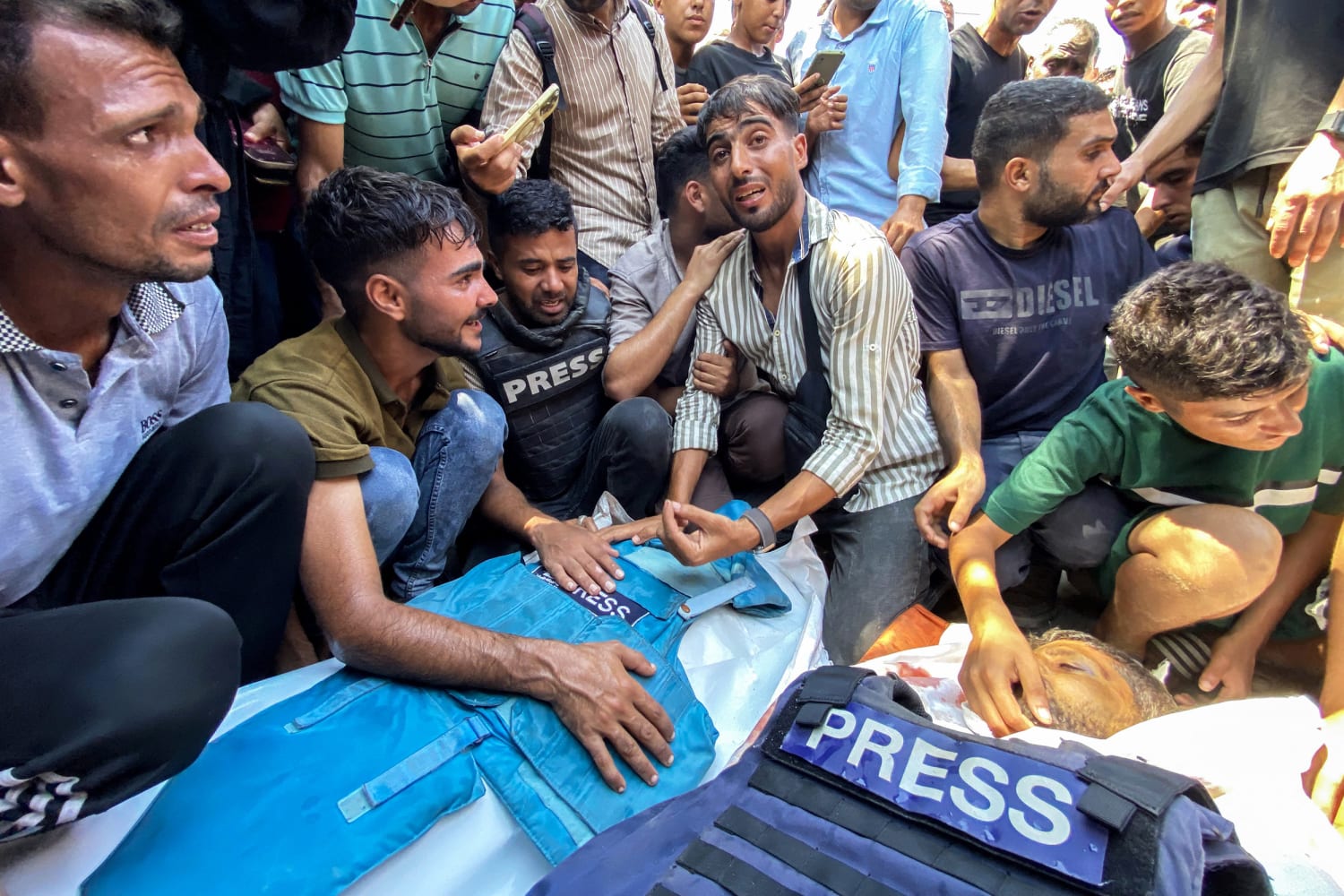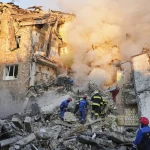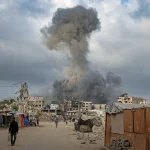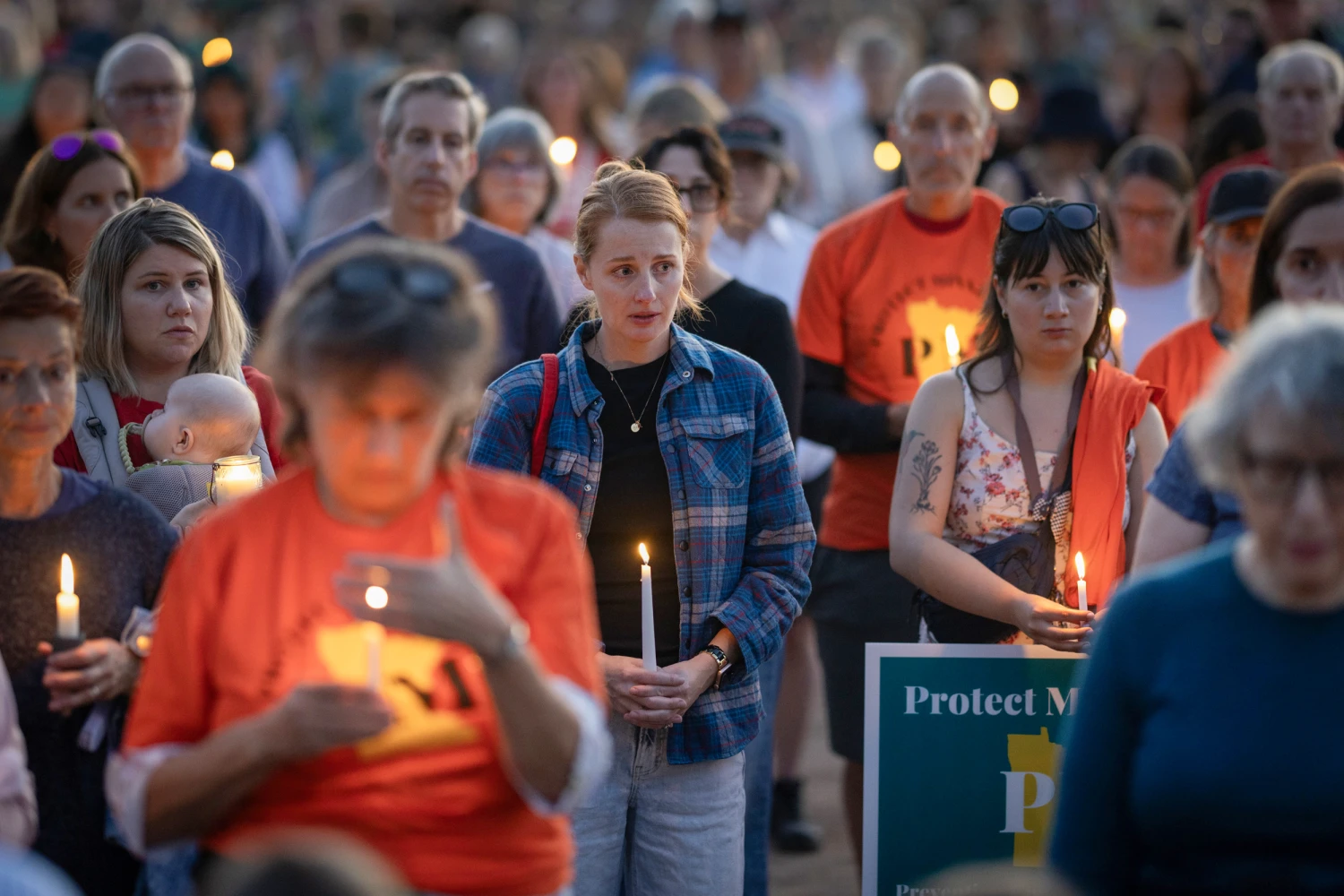In one of the most significant moves by a global news organization amid the ongoing Israel-Gaza conflict, Reuters has halted the sharing of location data from Gaza following the deaths of journalists in Israeli Defense Forces (IDF) strikes. The decision comes as the world debates press freedom, accountability in wartime, and the delicate balance between security and transparency in reporting.
- The Incident That Sparked the Decision
- Why Location Data Matters in Conflict Reporting
- Gaza: The World’s Most Dangerous Place for Journalists
- Balancing Transparency with Safety
- The Larger Context: Journalism Under Siege
- Reactions from the Global Media Community
- What Comes Next for War Reporting
- FAQs
- Why did Reuters stop sharing Gaza location data?
- How many journalists have been killed in Gaza?
- Does halting location data reduce press freedom?
- Could this decision affect other media outlets?
- What alternatives exist to protect both safety and transparency?
- Why is Gaza so dangerous for journalists?
- What does this mean for the future of war reporting?
- Conclusion
Journalists are often at the frontlines of conflict, bringing raw truth to a global audience. Yet, as the recent killings show, the price of truth-telling has become increasingly deadly. Reuters’ decision raises urgent questions: Should location data be shared at all in active war zones? Does the suspension of such data protect journalists—or limit the public’s access to real-time, verified information? And most importantly, what does this mean for the safety of reporters in one of the most dangerous places on Earth?
This article explores the background, impact, and broader implications of Reuters’ move through seven key insights, weaving in statistics, expert perspectives, and the human stories behind the headlines.
The Incident That Sparked the Decision
The immediate catalyst for Reuters’ decision was the killing of journalists in Gaza during IDF airstrikes. Reports confirmed that at least two Palestinian journalists working with international media networks were among the dead.
For Reuters, which has long maintained a network of reporters and photographers in Gaza, the incident underscored the growing risk of disclosing sensitive geographic data. Sharing location details of journalists—whether through GPS metadata or newsroom coordination—can expose them to targeting in a conflict where civilian areas are under constant bombardment.
An internal Reuters memo described the suspension of Gaza location data as a precautionary measure “to safeguard the lives of our colleagues in the field.” This reflects an urgent recalibration of journalistic priorities: protecting human life over the tradition of full real-time transparency.
Why Location Data Matters in Conflict Reporting
Modern journalism thrives on precision. Satellite images, live maps, and geotagged reports allow audiences to understand conflicts not just in narrative form but geographically. In the Israel-Gaza war, mapping has been critical to showing where airstrikes occur, which neighborhoods are destroyed, and how far civilian displacement spreads.
However, location data is a double-edged sword. While it provides credibility and transparency, it also risks becoming a weapon. In war zones, GPS coordinates or even vague neighborhood identifiers can inadvertently expose journalists, aid workers, or civilians to military targeting.
Experts in digital security have warned for years about the vulnerability of metadata in conflict zones. Edward Snowden, the former NSA contractor turned whistleblower, once highlighted how even innocuous geotags on social media posts could be exploited for targeting. In Gaza, where Israel has unparalleled surveillance capabilities, this concern is magnified.
Gaza: The World’s Most Dangerous Place for Journalists
The Committee to Protect Journalists (CPJ) has labeled Gaza as one of the deadliest places for reporters in 2023 and 2024. Since the escalation of the war, dozens of journalists have been killed—many while actively covering stories on the ground.
According to CPJ statistics, over 90 journalists and media workers have lost their lives in the region since October 2023, the majority of them Palestinian. This toll far exceeds journalist casualties in most other global conflict zones, including Ukraine.
Reporters Without Borders (RSF) has accused Israel of violating international laws protecting press workers. “Journalists are not combatants,” RSF noted in a statement. “Targeting them, directly or indirectly, constitutes a war crime.”
Reuters’ decision to halt location sharing, therefore, is less an isolated newsroom policy shift and more a reflection of the grim reality that Gaza has become a graveyard for journalists.
Balancing Transparency with Safety
Critics of Reuters’ decision argue that halting location data undermines transparency, making it harder for the public to verify news in real time. In conflicts where disinformation is rampant, geotagged evidence often serves as a shield against propaganda.
However, supporters counter that no transparency can justify risking journalists’ lives. “A dead journalist cannot tell the story,” said a former BBC war correspondent in a recent interview. “The first duty of a newsroom is to its people, not to the data.”
This debate touches on the core ethical dilemma of modern war reporting: should news organizations prioritize accountability through precise reporting, or survival through cautious omission? Reuters’ decision signals that, at least for now, the pendulum has swung toward survival.
The Larger Context: Journalism Under Siege
The suspension of Gaza location data by Reuters is part of a broader global pattern where journalism is under siege.
In Russia’s war on Ukraine, journalists have been detained, deported, or restricted from frontlines.
In Myanmar, reporters have faced imprisonment for documenting military atrocities.
In Mexico, outside of official war zones, journalists covering crime and corruption are regularly assassinated.
The common thread is that journalism itself has become a frontline target. No longer neutral observers, reporters are often treated as adversaries by governments and armed groups.
Reuters’ move signals recognition of this hostile environment, where the tools of transparency—data, coordinates, live coverage—may actually endanger those who wield them.
Reactions from the Global Media Community
The media world has responded with mixed emotions.
Press freedom groups largely welcomed the move as a necessary safety measure. The International Federation of Journalists (IFJ) called it “a vital step toward protecting frontline reporters in one of the world’s most dangerous conflicts.”
Critics in academia and digital journalism expressed concern that withholding location data could create gaps in accountability. “We risk entering a post-truth battlefield where all sides can claim facts without verifiable evidence,” warned Dr. Lina Haddad, a journalism professor at Columbia University.
Families of slain journalists voiced relief that newsrooms were finally prioritizing safety. One relative of a Gaza journalist killed in 2023 told reporters, “Maybe if this had happened earlier, my brother would still be alive.”
The mixed response reflects the difficulty of the decision: whatever course Reuters chose, it would face criticism for either risking lives or limiting transparency.
What Comes Next for War Reporting
Reuters’ suspension of Gaza location data may set a precedent. Other global news organizations—including AP, AFP, and Al Jazeera—are now re-examining their policies on data-sharing in conflict zones.
The implications could be profound:
Shift toward narrative reporting rather than live-data verification.
Increased use of AI and satellite imagery to cross-check events without exposing human reporters.
More pressure on governments and military actors to provide transparency, rather than outsourcing that burden to journalists risking their lives.
In the long run, the industry may move toward hybrid reporting models where sensitive geographic data is collected but withheld until reporters are safely out of high-risk zones. This could preserve both safety and accountability, albeit with a time delay.
FAQs
Why did Reuters stop sharing Gaza location data?
Reuters made the decision after journalists were killed in IDF strikes. Sharing such data was seen as a potential risk to reporter safety.
How many journalists have been killed in Gaza?
Since late 2023, over 90 journalists and media workers have been killed in Gaza, according to press freedom groups.
Does halting location data reduce press freedom?
Some critics believe it limits transparency, but others argue that protecting lives must take priority over data-sharing.
Could this decision affect other media outlets?
Yes, Reuters’ move could push other organizations like AP, AFP, and Al Jazeera to reconsider their data-sharing policies in conflict zones.
What alternatives exist to protect both safety and transparency?
Hybrid approaches, such as delayed data releases or using satellite and AI verification, may balance safety with accountability.
Why is Gaza so dangerous for journalists?
Intense bombardments, lack of safe zones, and accusations of intentional targeting have made Gaza the deadliest place for journalists in recent years.
What does this mean for the future of war reporting?
It signals a shift away from real-time geotagged reporting toward safer, narrative-driven journalism with delayed verification processes.
Conclusion
The decision by Reuters to halt the sharing of Gaza location data after journalists were killed in IDF strikes is more than an internal policy shift—it is a reflection of journalism’s precarious state in the modern world. In war zones like Gaza, the pursuit of truth collides with the imperative of survival.
While critics argue that transparency suffers, the overwhelming reality is that journalists are being killed at alarming rates. Protecting their lives must come first. As one veteran reporter put it: “The story will always be there tomorrow—but only if the journalist survives today.”
This moment challenges the global media community to rethink how truth is reported in an age where information is both power and vulnerability. The sacrifice of Gaza’s journalists, and the cautious steps taken by Reuters, may shape the future of war reporting for decades to come.










